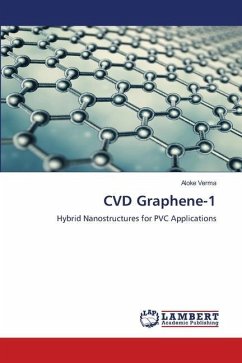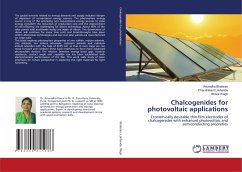Multijunction solar cells can be developed using III-V compounds, which have a high photovoltaic efficiency and have already been shown to be more efficient than traditional solar cells. In designs where sub cells with high material quality and high internal quantum efficiency can be used, III-V compound multijunction solar cells can achieve ultrahigh efficiency performance. However, using lattice-matched compound semiconductor materials, it is impossible to achieve the ideal multijunction cell band gap classification. As a result, current compound semiconductor solar cell design approaches rely heavily on either lattice matched designs or metamorphic growth, which results in a lack of design flexibility or lower material quality than necessary. Direct bonded interconnects between sub cells of a multijunction cell can be used as a substitute for the defect network required for lattice mismatch space to tunnel junction interfaces.
Bitte wählen Sie Ihr Anliegen aus.
Rechnungen
Retourenschein anfordern
Bestellstatus
Storno








